- Umang Sagar
- Place, Recent article
Sitamarhi: Where History and Religion Come Together in a Tapestry of Culture
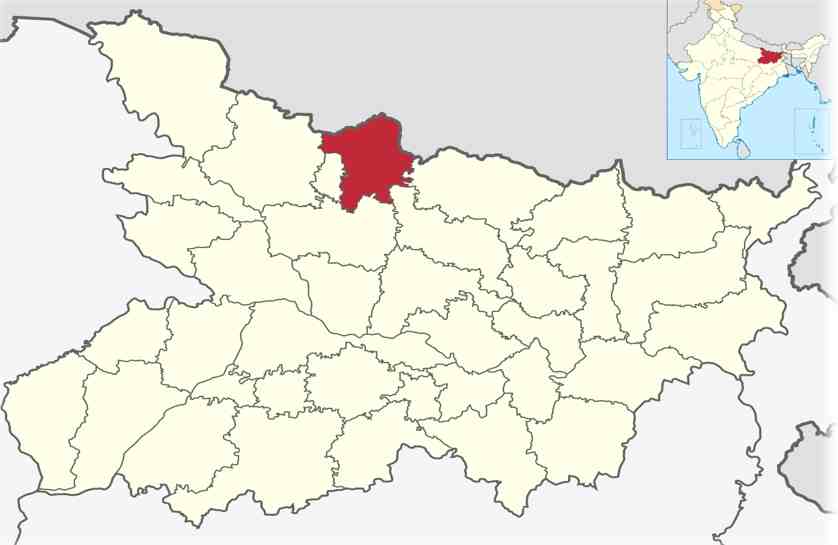
Introduction
Sitamarhi, located in the Indian state of Bihar, is a district rich in culture, history, and religion. Sitamarhi’s cultural heritage is a tapestry woven together by its ancient past, diverse traditions, art, music, and cuisine. It is a place where history and religion come together in a beautiful blend.
One of the most significant aspects of Sitamarhi’s culture is its deep-rooted religious history. It is believed that Sita, the wife of Lord Rama, was born in Sitamarhi. The Sita Temple, located in the heart of Sitamarhi town, is a major pilgrimage site for Hindus. It is believed to be the birthplace of Sita and attracts thousands of devotees every year.
Apart from the Sita Temple, the Sitamarhi district is also home to several other religious sites. The Janaki Temple in Janakpur, Nepal, which is around 100 km from Sitamarhi town, is dedicated to Goddess Sita and is believed to be the place where she was married to Lord Rama. The Haleshwar Nath Temple, located in Haleshwar village around 10 km from Sitamarhi town, is an ancient temple dedicated to Lord Shiva.
Sitamarhi is also known for its festivals, which reflect its deep-rooted cultural heritage. The people of Sitamarhi take immense pride in preserving and promoting their traditions. Hindu festivals such as Diwali, Holi, Dussehra, Chhath Puja, and Ram Navami are celebrated with great enthusiasm in the region. Muslims in the district also celebrate festivals such as Eid-ul-Fitr and Eid-ul-Adha with equal fervour.
The skilled artisans of Sitamarhi are renowned for their exquisite craftsmanship, which has been passed down through generations. From intricate bamboo products to beautiful pottery and leather goods, the skilled artisans of Sitamarhi continue to create masterpieces that are highly sought after.
The music and dance of Sitamarhi are also essential aspects of its culture. Folk music and dance forms such as Bidesia, Jhumar, and Jitiya are popular in the region. The Bhojpuri film industry, which is based in nearby areas, also has a significant influence on the music and dance scene in Sitamarhi.
Sitamarhi district has several historical and religious sites that attract tourists from all over India. Punaura Dham, located around 20 km from Sitamarhi town, is believed to be the birthplace of Saint Swami Nityanand. Shekhpura Kothi, in the Shekhpura village of Sitamarhi district, is a popular historical site.
The cuisine of Sitamarhi is a delectable blend of traditional Bihari and North Indian cuisine. The food is spicy and flavorful, and the locals take great pride in their culinary skills. Litti chokha, a dish made of roasted gram flour balls stuffed with sattu (roasted gram flour) and served with mashed potatoes and brinjal bharta, is a must-try when visiting the district.
Sitamarhi is a district where history and religion come together in a beautiful tapestry of culture. Its rich cultural heritage is a source of pride for its people, and they continue to preserve and promote it with passion and dedication. The district’s religious sites, festivals, music and dance, handicrafts, and cuisine are all essential elements that make Sitamarhi a unique and fascinating place to visit.
History
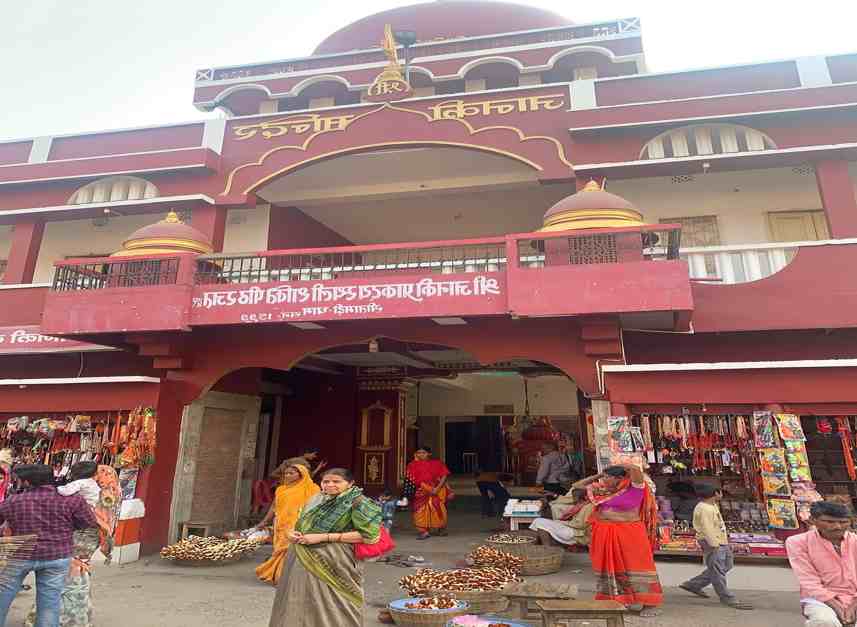
Sitamarhi is a district situated in the northern region of Bihar, India, which is renowned for its rich history and religious heritage. The district headquarters, Sitamarhi town, is believed to be the birthplace of the Hindu goddess Sita, who was born to King Janaka of Videha during the Treta Yug. According to the Ramayana, Sita’s life story and her marriage to Lord Rama are among the great epics of Hinduism.
According to Hinduism history, Sita was born out of an earthen pot while Raja Janak was ploughing a nearby field to appease Lord Indra for rain. Raja Janak established stone figures of Rama, Sita, and Lakshman at the site and excavated a tank, now known as Janaki-kund, in honour of Sita’s birth. However, the land surrounding the site eventually became overgrown and forgotten until a Hindu ascetic named Birbal Das was divinely inspired to rediscover it. Birbal Das cleared the jungle and built the Janaki Mandir, a modern temple that honours the site where Sita was born.
Despite the lack of archaeological relics in the town, Sitamarhi remains a compelling destination for visitors seeking to explore its rich history and religious heritage. The town’s connection to the mythology of Hinduism is a fascinating example of how cultural traditions are passed down through the ages, and the story of Birbal Das’s rediscovery of the site is a testament to the enduring power of faith and inspiration.
In historical times, Sitamarhi was ruled by various dynasties, including the Mauryas and the Mughals. During the medieval period, the region was part of the powerful kingdom of the Sena dynasty, which ruled over much of modern-day Bihar and Bengal. The town of Sitamarhi was also an important centre of learning and culture during this period, known for its beautiful temples and other architectural wonders.
Today, Sitamarhi district is known for its rich cultural heritage, as well as its fertile farmland and thriving economy. The town of Sitamarhi is still considered a major pilgrimage site for Hindus, who come from all over India to pay their respects to the goddess Sita. Despite its small size and lack of archaeological relics, Sitamarhi’s religious significance and cultural heritage make it a fascinating destination for travellers interested in exploring the depths of India’s history and mythology.
Geography
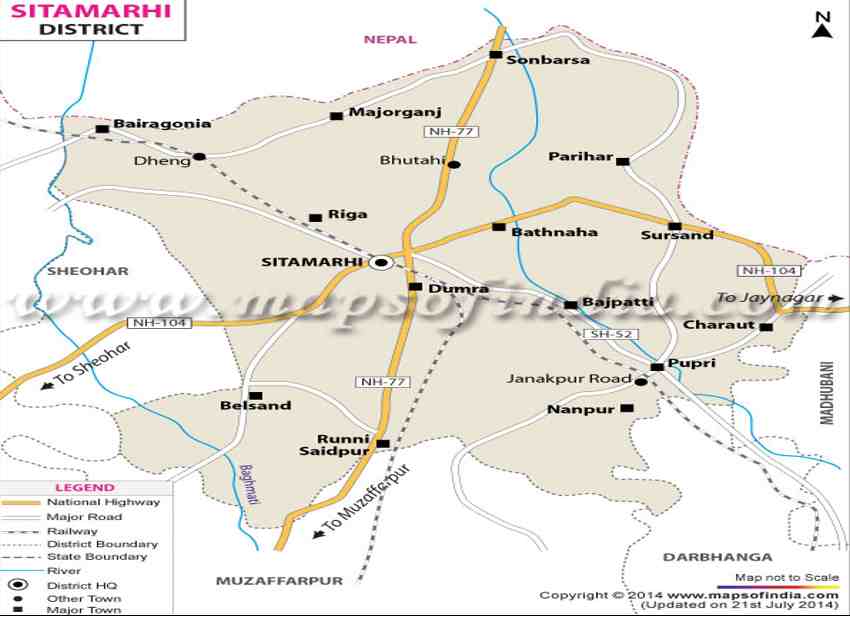
Sitamarhi is a district located in the northern part of Bihar, a state in India. It is situated between 26°14′ and 27°01′ north latitude and 85°28′ and 86°17′ east longitude. The district covers a total area of 2,294 square kilometers and has an average elevation of 56 meters (184 feet).
The district shares its borders with Nepal to the west, Sheohar to the north, Muzaffarpur to the south, and Darbhanga to the east. This strategic location makes Sitamarhi an important hub for trade and commerce between India and Nepal.
There are several small towns located in Sitamarhi that are famous for their unique culture, heritage, and historical significance. Some of the notable towns in the district include Bairgania, Sursand, and Bhitthamore, which are situated near the Indo-Nepal border. These towns have a unique blend of Indian and Nepalese cultures, making them a popular destinations for tourists.
Other popular places in the region include Bathnaha, Sonbarsa, Bajpatti, Pupri, Parihar, Runnisaidpur, Belsand (Vidhansabha constituency), Parsauni, and Dumra. These places are known for their natural beauty, religious significance, and historical landmarks.
Dumra is a particularly noteworthy town as it houses all the government offices in the area, making it an important administrative center in the district.
Sitamarhi is a district in Bihar with a rich cultural heritage and historical significance. It’s a strategic location and diverse range of small towns and landmarks make it a popular destination for tourists and an important hub for trade and commerce in the region.
Demographics
As per the population census conducted in 2011, the total population of Sitamarhi district was around 1,06,093. Out of this, there were 56,693 males and 49,400 females. This implies that the sex ratio of the district was 899, which is less than the national average of 940.
The child-sex ratio is a critical indicator of gender discrimination. The child sex ratio is defined as the number of females per 1000 males in the age group of 0-6 years. In Sitamarhi district, the child sex ratio is 872, which is much lower than the national average of 914. This indicates that there is a bias against female children in the district, which could be due to social and cultural factors such as preference for male children and female feticide.
The literacy rate in Sitamarhi district is 52.04%, which is below the national average of 74.04%. However, there is a significant gender gap in literacy rates, with 60.64% of males being literate, compared to only 42.41% of females. This implies that women and girls in the district have limited access to education and are more likely to be illiterate.
Out of the total population, 69,507 people are literate, which means they can read and write. Among the literate population, there were 39,537 literate males and 29,970 literate females. This implies that there is a significant gender gap in literacy rates in the district.
Sitamarhi district has a low literacy rate, a significant gender gap in literacy rates, and a low child-sex ratio, indicating gender discrimination against females. These issues need to be addressed through policies and programs that promote education and gender equality in the district.
Religion
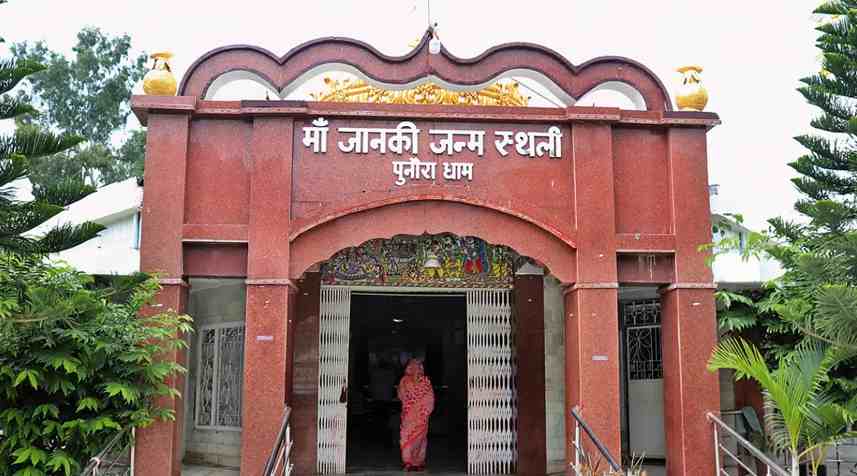
Hinduism is the predominant religion in the Sitamarhi district, with over 90% of the population following this faith. The remaining population is predominantly Muslim.
The population of Sitamarhi district is predominantly made up of various Hindu castes, including Brahmins, Baniyas, Rajputs, and Yadavs.
Religion Percent
Hinduism 78.06%
Islam 21.62%
Christianity 0.08%
Sikhism 0.01%
Buddhism 0.01%
Jainism 0.01%
Others 0.22%
Languages
Hindi is the official language of the district, but Maithili is also widely spoken.
Urbanization
Sitamarhi district is primarily composed of rural areas, with a small 9.9% of its population residing in urban regions. The administrative hub of the district is Sitamarhi, which accommodates around 65,000 inhabitants.
Besides the religious landmarks, the district boasts a multitude of tourist destinations, including the Kesaria Stupa – one of the most massive and tallest stupas globally – and the Janki Temple, which is dedicated to Sita. The district is also home to scenic lakes such as the Pariyar and Bhalui lakes, favored spots for picnics and outings.
Economy

The economy of Sitamarhi thrives on its agricultural and allied activities, with rice, wheat, sugarcane, and pulses being the major cash crops. Most of the population depends on agriculture for their livelihoods, making it the primary source of income.
Along with agriculture, the district is home to small-scale industries such as handicrafts and handloom, which contribute to the local economy. Leather goods, bamboo products, and pottery are some of the items manufactured in the district.
The government offices and educational institutions in Sitamarhi offer employment opportunities to the locals. However, there has been a recent surge in migration to other states and urban areas in search of better job prospects.
The district requires diversification and investments in other sectors to augment economic growth and development. Although agriculture remains a vital sector, the district must seek alternative avenues to secure a stable economic future.
Transportation
- Sitamarhi is well-connected to the rest of the country through a robust road and rail network. The district headquarters, Sitamarhi town, is located on National Highway 77, which is a major highway in the region that connects the district to other parts of Bihar as well as neighboring states like Uttar Pradesh and West Bengal.
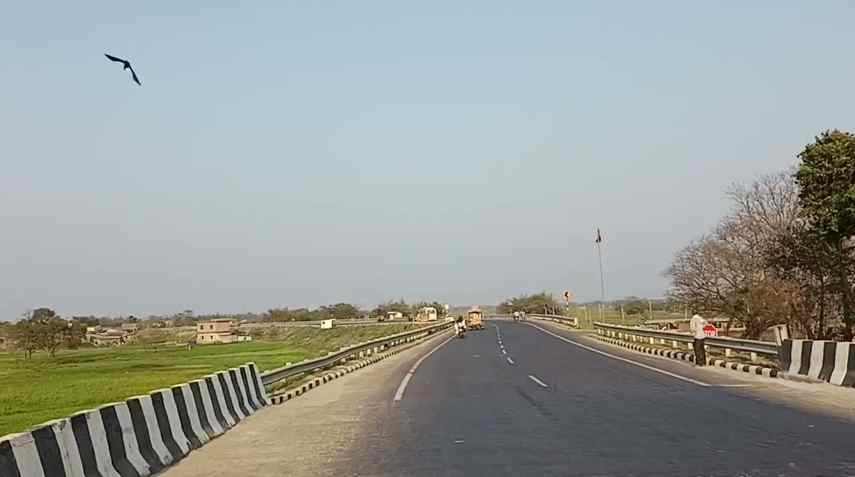
Apart from the National Highway, Sitamarhi is also well-connected through a network of state highways and district roads that make commuting within the district convenient and hassle-free.
For those who prefer rail travel, the district has a railway station named Sitamarhi Junction, which is part of the East Central Railway zone. The station is well-connected to major cities in Bihar, Uttar Pradesh, and other parts of the country, making it an essential transportation hub for both passengers and goods.
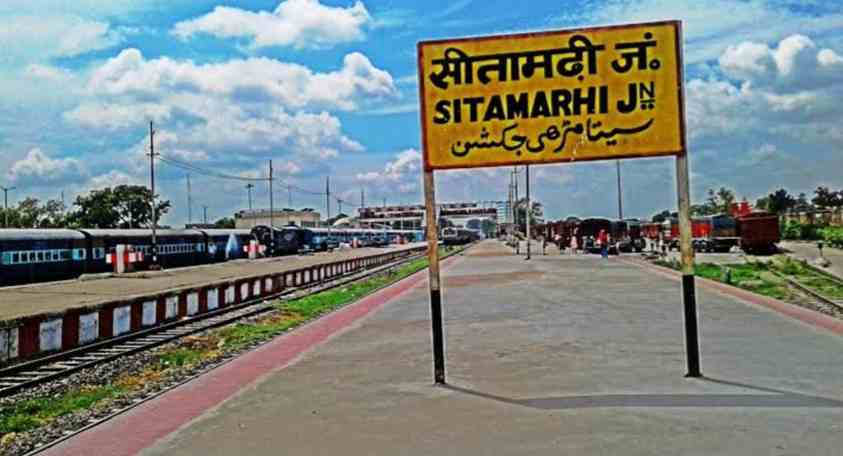
The railway station has modern amenities such as waiting rooms, toilets, and food stalls that make travel comfortable for passengers. Moreover, the railway station is well-connected to the town center through various modes of public transportation such as buses, taxis, and auto-rickshaws.
Sitamarhi’s robust road and rail network make it easily accessible to both tourists and locals. The district’s strategic location and connectivity to major cities make it an important transportation hub in the region.
Culture
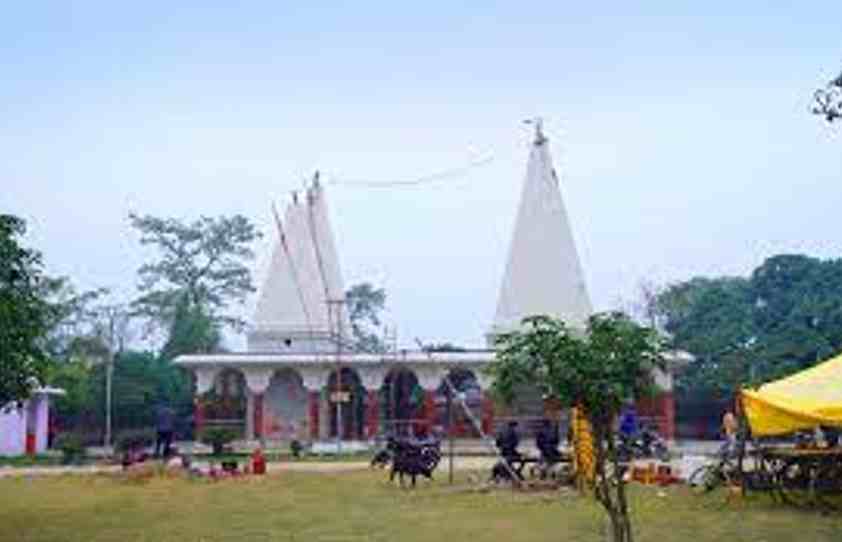
- Sitamarhi is a culturally rich district located in the Indian state of Bihar. The district’s culture is steeped in ancient history and is a confluence of diverse traditions, art, music, and cuisine.
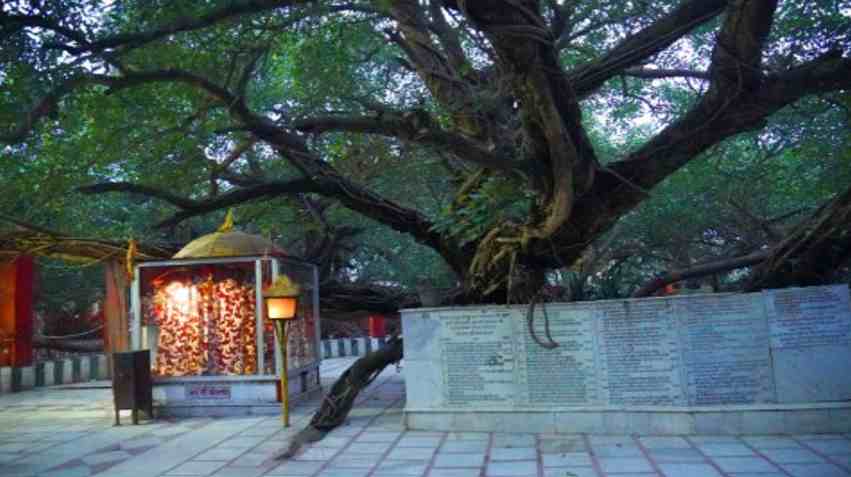
Sitamarhi’s rich culture reflects the region’s glorious past, and its people take immense pride in preserving and promoting their traditions. The district boasts a rich history, and its vibrant festivals are a testimony to the deep-rooted cultural heritage of the place.
The skilled artisans of Sitamarhi are renowned for their exquisite craftsmanship, which has been passed down through generations. From intricate bamboo products to beautiful pottery and leather goods, the skilled artisans of Sitamarhi continue to create masterpieces that are highly sought after.
The music of Sitamarhi is another essential aspect of its culture. The region is known for its unique folk songs, which are an integral part of its cultural fabric. The music is often accompanied by traditional dance forms that are an expression of joy, love, and life.
Sitamarhi’s culture is a unique blend of ancient traditions, exquisite art, soulful music, and delectable cuisine. The district’s rich cultural heritage is a source of pride for its people, and they continue to preserve and promote it with passion and dedication.
Cuisine
Sitamarhi’s cuisine is a true reflection of its rich cultural heritage and agrarian roots. The district’s predominantly vegetarian cuisine is a delight for food enthusiasts who are looking for a taste of traditional Bihari and North Indian delicacies.
One of the most popular dishes in Sitamarhi is Litti Chokha, a savoury snack made of roasted gram flour balls stuffed with Sattu and served with mashed potatoes and Baigan Bharta. It is a must-try dish for anyone visiting the district.
Another popular dish is Dal Bati Churma, which is made of lentils, wheat flour balls, and a sweet dessert-like Churma. This dish is a complete meal and is often served on special occasions and festivals.
Sattu ki roti is another staple food item in Sitamarhi. It is a flatbread made of roasted gram flour and is often served with Chokha or curries.
Apart from the main dishes, Sitamarhi is also known for its delectable sweets. Balushahi, rasgulla, and gulab jamun are some of the most popular sweets that are savoured by locals and tourists alike.
Sitamarhi’s cuisine is a delicious blend of traditional Bihari and North Indian dishes that reflect the district’s agrarian roots. The food is spicy, flavourful, and prepared with great care and skill. Sitamarhi’s cuisine is a must-try for anyone who wants to experience the authentic taste of North Indian delicacies.
Festivals
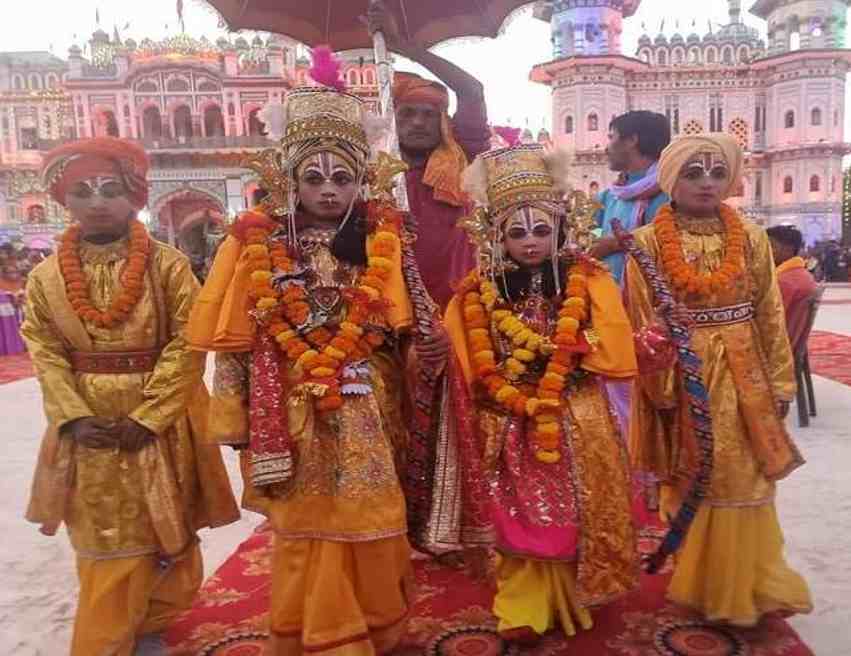
Sitamarhi district is known for its diverse cultural and religious heritage. The majority of the population in the district follows Hinduism, which is reflected in the many festivals celebrated throughout the year. These festivals are a time for people to come together and celebrate their shared cultural heritage.
Diwali, also known as the “festival of lights,” is one of the most significant festivals celebrated in the region. It is a five-day festival that symbolizes the victory of good over evil, and it is celebrated with great enthusiasm and fanfare. People light lamps and decorate their homes with colourful rangolis, and traditional sweets and snacks are prepared and shared with friends and family.
Holi, the festival of colours, is another popular festival celebrated in the district. It is a time when people forget their differences and come together to celebrate the triumph of good over evil. People smear each other with colours, dance to traditional music, and enjoy delicious sweets and snacks.
Dussehra, also known as Vijayadashami, is celebrated with great pomp and show in the district. It marks the victory of Lord Rama over the demon king Ravana, and the festival is celebrated by burning effigies of Ravana, symbolizing the triumph of good over evil.
Chhath Puja is a unique festival celebrated in the district, especially in rural areas. It is dedicated to the worship of the sun god and is celebrated by offering prayers and offerings to the sun during sunrise and sunset. The festival is celebrated with great devotion and is a time for people to express their gratitude to the sun for sustaining life on earth.
Apart from Hinduism, there is also a significant Muslim population in the district, and festivals such as Eid-ul-Fitr and Eid-ul-Adha are celebrated with equal fervour. These festivals are a time for people to come together and celebrate their shared cultural heritage, and the district is known for its harmonious coexistence of different religious communities.
Arts and Crafts
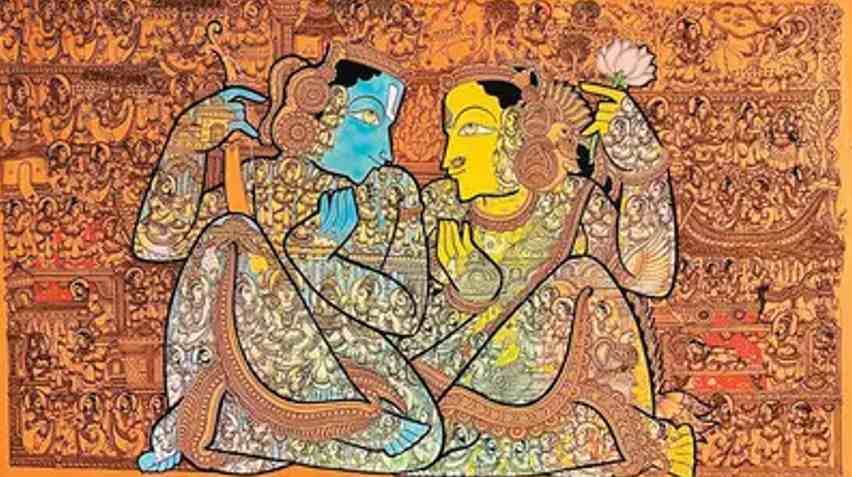
Sitamarhi district is renowned for its rich tradition of art and craft, which is deeply ingrained in its cultural heritage. The most prominent form of art that originated from the region is the Madhubani paintings. These paintings are known for their vibrant colors, intricate designs, and intricate detailing, which makes them a favorite among art enthusiasts worldwide. The district is home to several skilled artisans who have mastered the art of Madhubani paintings, and their work is highly sought after.
Apart from Madhubani paintings, the district is also famous for its traditional handicrafts. The skilled artisans of Sitamarhi create exquisite terracotta pottery, which is not only aesthetically pleasing but also serves a functional purpose. The pottery is often used for cooking and storing food items and is an essential part of the local cuisine.
Another traditional handicraft that is native to Sitamarhi is bamboo crafts. The artisans of the district are skilled in weaving intricate designs out of bamboo, creating items such as baskets, mats, and lampshades. The bamboo crafts are not only functional but also serve as decorative pieces in homes and offices.
Lacquerware is another traditional craft that is popular in Sitamarhi. The craft involves coating wooden or bamboo items with a layer of lacquer, which gives them a glossy finish and makes them more durable. Lacquerware items such as bowls, plates, and boxes are not only functional but also make great gifts and souvenirs.
Sitamarhi’s rich tradition of art and craft is a testament to its vibrant cultural heritage. The skilled artisans of the district continue to create masterpieces that are highly sought after by art enthusiasts worldwide. The Madhubani paintings, terracotta pottery, bamboo crafts, and lacquerware are just some of the traditional crafts that reflect the district’s unique cultural identity.
Music and Dance
Music and dance are an integral part of Sitamarhi’s vibrant culture. The people of Sitamarhi take great pride in their traditional folk music and dance forms, which are an expression of their joy, love, and life. The Bidesia, Jhumar, and Jitiya are some of the popular folk music and dance forms in the region that are performed during festivals and other cultural events.
In addition to traditional folk music and dance, the Bhojpuri film industry has a significant influence on the music and dance scene in Sitamarhi. The industry, which is based in nearby areas, produces films that are widely popular in the region and beyond. The films often feature catchy songs and dance numbers that are enthusiastically embraced by the locals.
The music and dance scene in Sitamarhi is also evolving with time. With the advent of technology and social media, new forms of music and dance are emerging in the region. Youngsters are experimenting with different genres of music and dance and are using social media platforms to showcase their talents.
Overall, music and dance are essential parts of Sitamarhi’s cultural identity. The region’s rich tradition of folk music and dance, combined with the influence of the Bhojpuri film industry and the emergence of new forms of music and dance, make for a vibrant and diverse music and dance scene in the district.
Tourism
Sitamarhi district is home to several historical and religious sites that are a testament to its rich cultural heritage. These sites attract tourists from all over India and offer a glimpse into the district’s glorious past.
The Sita Temple, situated in the heart of Sitamarhi town, is a popular destination for devotees of Lord Rama and Sita. The temple is believed to be the birthplace of Sita and is a must-visit for anyone interested in Hindu mythology.
The Haleshwar Nath Temple, dedicated to Lord Shiva, is another ancient temple in the district that is worth visiting. Located in Haleshwar village, around 10 km from Sitamarhi town, the temple is an architectural marvel and is believed to date back several centuries.
The Janaki Temple, located in the Janakpur region of Nepal, around 100 km from Sitamarhi town, is another popular religious site in the district. The temple is dedicated to Goddess Sita and is believed to be the place where she was married to Lord Rama.
Punaura Dham, located around 20 km from Sitamarhi town, is a revered religious site that is believed to be the birthplace of Saint Swami Nityanand. Devotees visit this site to pay their respects to the saint and seek his blessings.
Shekhpura Kothi is a historical site located in the Shekhpura village of Sitamarhi district. The Kothi, which was once the residence of British officials, is now a popular tourist spot and offers a glimpse into the district’s colonial past.
Sitamarhi district is a treasure trove of historical and religious sites that offer visitors a unique glimpse into its rich cultural heritage. These sites are a testament to the district’s glorious past and are a must-visit for anyone interested in history and culture.
Top 13 Interesting Facts About Sitamarhi
Sitamarhi district is in the northern part of the state of Bihar, India.
It was established on December 11, 1972, after the reorganization of districts in Bihar.
The district has a total area of 2,294 square kilometers.
The district is bordered by Nepal to the north, Sheohar district to the south, Muzaffarpur district to the west, and Darbhanga district to the east.
Sitamarhi town is the administrative headquarters of the district.
The district is named after Sita, the wife of Lord Rama, who is said to have been born in the Janakpur region of present-day Nepal, which is located near the border of Sitamarhi district.
The district is known for its religious and historical significance, as it is believed to be the birthplace of several important figures in Hindu mythology, such as Sita, King Janak, and Mandodari.
The district has a population of approximately 3.4 million people, according to the 2011 census.
Agriculture is the primary source of livelihood for most of the population in the Sitamarhi district, and the main crops grown include paddy, wheat, maize, and sugarcane.
The district has a well-developed transport infrastructure, with several major roads and highways connecting it to neighboring districts and states.
The district is also home to several important educational institutions, including government and private schools, colleges, and universities.
The district has a rich cultural heritage and is known for its folk music and dance traditions, such as the Bidesia and Jhijhia dances.
Sitamarhi district is also known for its traditional handicrafts, such as Madhubani paintings, which are produced by local artisans and are known for their intricate designs and vibrant colors.

